
Introducing the Miracle Plant: Plantain
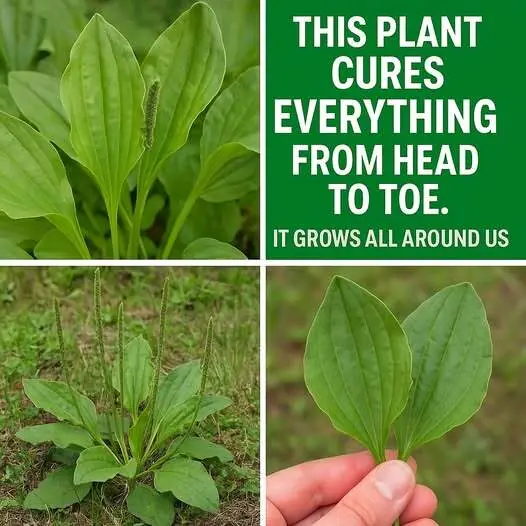
Plantain—those broad, flat leaves that carpet lawns and roadsides—has quietly earned a reputation as “nature’s first aid kit.” Often dismissed as a stubborn weed, Plantago major (broadleaf plantain) and its cousin Plantago lanceolata (ribwort plantain) have been used for centuries to soothe everything from insect bites to sore throats. Below is a plain-text guide to identifying, harvesting, and harnessing the healing power of this humble herb.
1. How to Recognize Plantain
First, ensure you’re working with the correct plant:
-
Leaves: Broadleaf plantain has oval leaves growing in a low rosette, each marked by several prominent, parallel veins. Ribwort plantain shows narrower, lance-shaped leaves with deeper ribs.
-
Flower Spikes: From the center rises a thin stalk topped with a dense spike of tiny, greenish-white flowers. After the flowers fade, the same spike holds the plant’s seeds.
-
Growing Conditions: You’ll find plantain thriving in compacted soil—lawns mown low, footpaths, roadside verges, and other disturbed ground. Pick leaves in spring or autumn for best potency.
2. What’s Inside Those Leaves
Though plantain looks simple, its leaves contain a potent mix of health-supporting compounds:
-
Vitamins A, C, and K, which nourish skin and support the immune system.
-
Minerals such as calcium, magnesium, and potassium, important for overall wellness.
-
Mucilage, a soothing, gel-like fiber that calms irritated tissues.
-
Iridoid glycosides like aucubin, offering anti-inflammatory and antimicrobial benefits.
-
Flavonoids and tannins, antioxidants that protect cells and aid tissue repair.
3. Common Uses & Preparations
Here are some of the most popular ways to apply or ingest plantain—no tables needed!
-
Poultice for Skin Irritations
Crush a handful of fresh leaves (or chop them finely) until they release their juices. Apply the mashed leaves directly onto bug bites, rashes, or minor scrapes. Cover with a clean gauze and leave for 30–60 minutes. The plantain’s soothing mucilage and anti-inflammatory compounds will help calm itching and redness. -
Compress for Wounds and Burns
Make a simple compress by soaking a clean cloth in a strong infusion (see tea recipe below). Lay the warm, wet cloth over a small burn or cut to speed healing and reduce the risk of infection. -
Fresh-Leaf Gel for Stings
Strip and mash a few fresh leaves to extract the gel. Dab this gel onto bee stings or nettle burns. You’ll feel relief almost immediately as the gel cools and reduces inflammation. -
Soothing Tea for Throat & Cough
Place one tablespoon of chopped fresh leaves (or one teaspoon of dried leaves) into a teacup. Pour 250 ml boiling water over the leaves, cover, and steep for 10–15 minutes. Strain and sip slowly. The mucilage coats and soothes an irritated throat, while mild antiseptic compounds help fight infection. -
Digestive Support Infusion
Drink the same tea (1–3 cups daily) to ease mild stomach cramps, heartburn, or inflammation of the digestive lining. Its gentle, demulcent action can be particularly helpful for sensitive stomachs. -
Nasal Rinse for Allergies
Prepare a very mild infusion (half the usual leaf amount). Once cooled to room temperature, use as a gentle nasal rinse to clear pollen and calm inflamed nasal passages. -
Tincture for Urinary and Systemic Support
Pack a jar two-thirds full of fresh chopped leaves and cover completely with 40–60% vodka or grain alcohol. Seal and let steep in a cool, dark place for 4–6 weeks—shaking daily. Strain and store the amber liquid in a dropper bottle. A typical dose is 20–30 drops, one to three times per day, to support urinary tract health or overall immunity.
4. Harvesting & Preparation Tips
-
Choose Clean Sites: Avoid roadsides with heavy traffic or areas frequented by pets.
-
Pick Younger Leaves: They tend to be more tender and less bitter.
-
Wash Thoroughly: Rinse under cool running water to remove dirt and tiny insects, then pat dry.
-
Drying (Optional): Tie small bunches of leaves by their stems and hang upside down in a warm, well-ventilated room. Once crisp, store in airtight jars away from light.
5. Creative Ways to Use Plantain
-
Homemade Salve: Infuse olive oil with dried plantain leaves (1 cup oil per ¼ cup leaves) for four weeks. Strain and gently melt in beeswax (1 tablespoon per ¼ cup oil) to create a healing salve.
-
Face Steam: Add a handful of fresh leaves to a bowl of steaming water. Drape a towel overhead and inhale. This clears sinuses and delivers antioxidants to your skin.
-
Herbal Blend: Mix plantain tea with equal parts chamomile and peppermint for a calming, stomach-soothing brew.
6. Safety Considerations
-
Allergies: Though rare, some people may react to plantain. Always perform a small patch test before widespread skin use.
-
Pregnancy & Medications: If you are pregnant, nursing, or on prescription drugs, consult a healthcare professional before using plantain therapeutically.
-
Moderation: Plantain is mild, but overuse of any herb can lead to digestive upset. Start with small amounts and adjust as needed.
7. Final Thoughts
Next time you spot those veined leaves peeking through the grass, remember: you’re looking at one of the most versatile herbal allies in nature. From easing a scratch to soothing a sore throat, plantain truly offers remedies from head to toe—no prescription required. Embrace this common “weed” and discover how easily it can become a staple in your home first-aid kit.
News in the same category

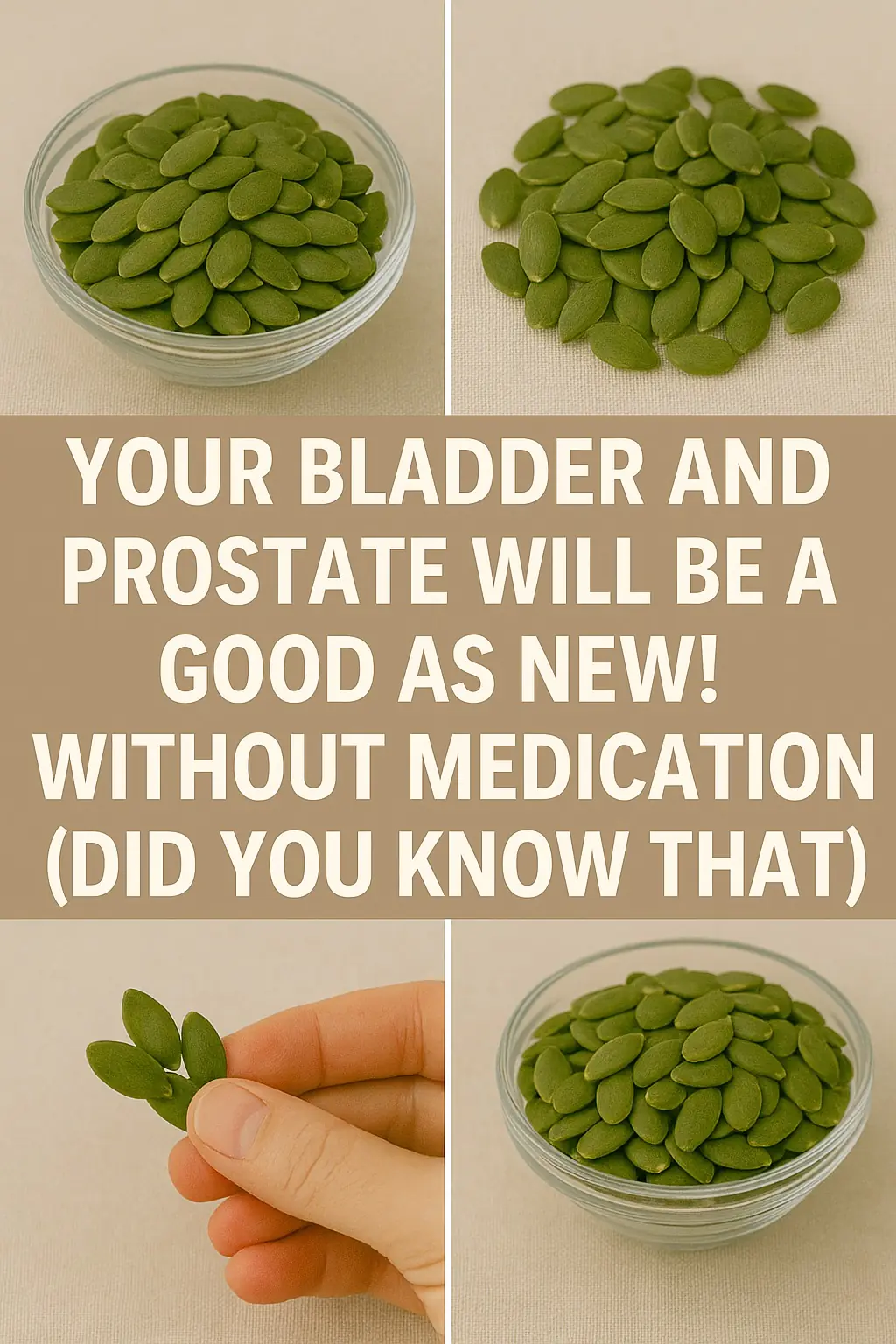
Pumpkin Seeds: A Natural Remedy for Bladder and Prostate Health
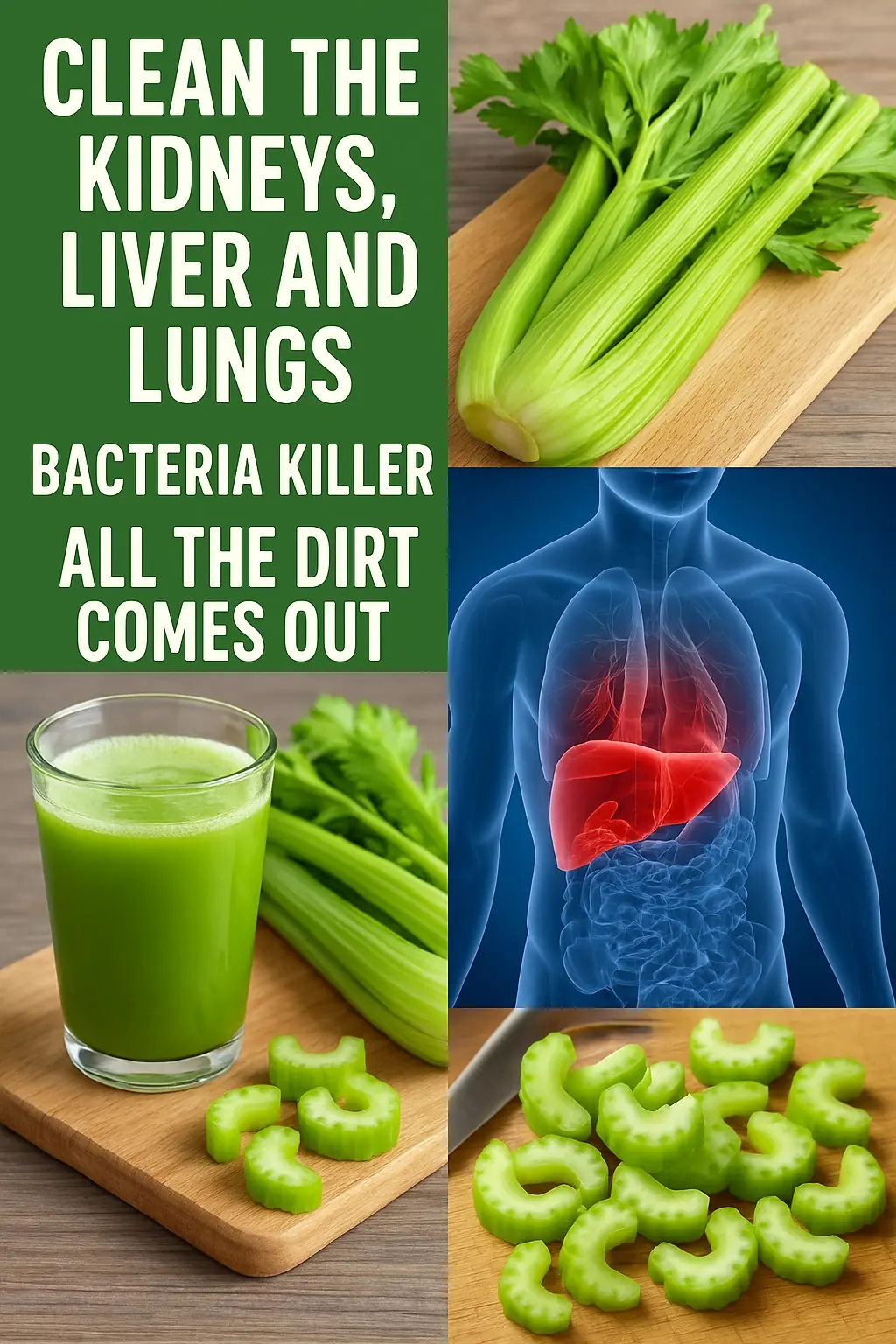
Cleanse Your Kidneys, Liver & Lungs – A Natural Bacteria Killer!
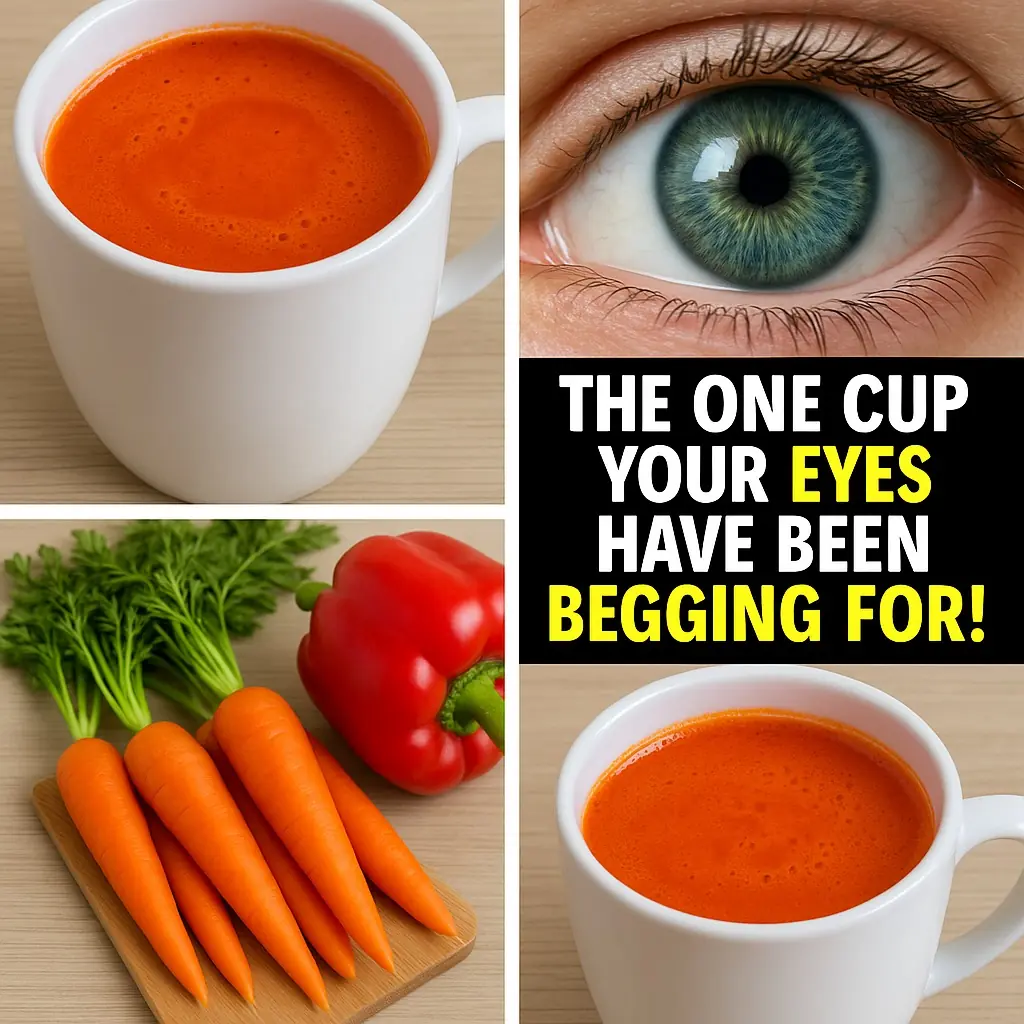
Reclaim Crystal-Clear Vision with This Delicious Drink!
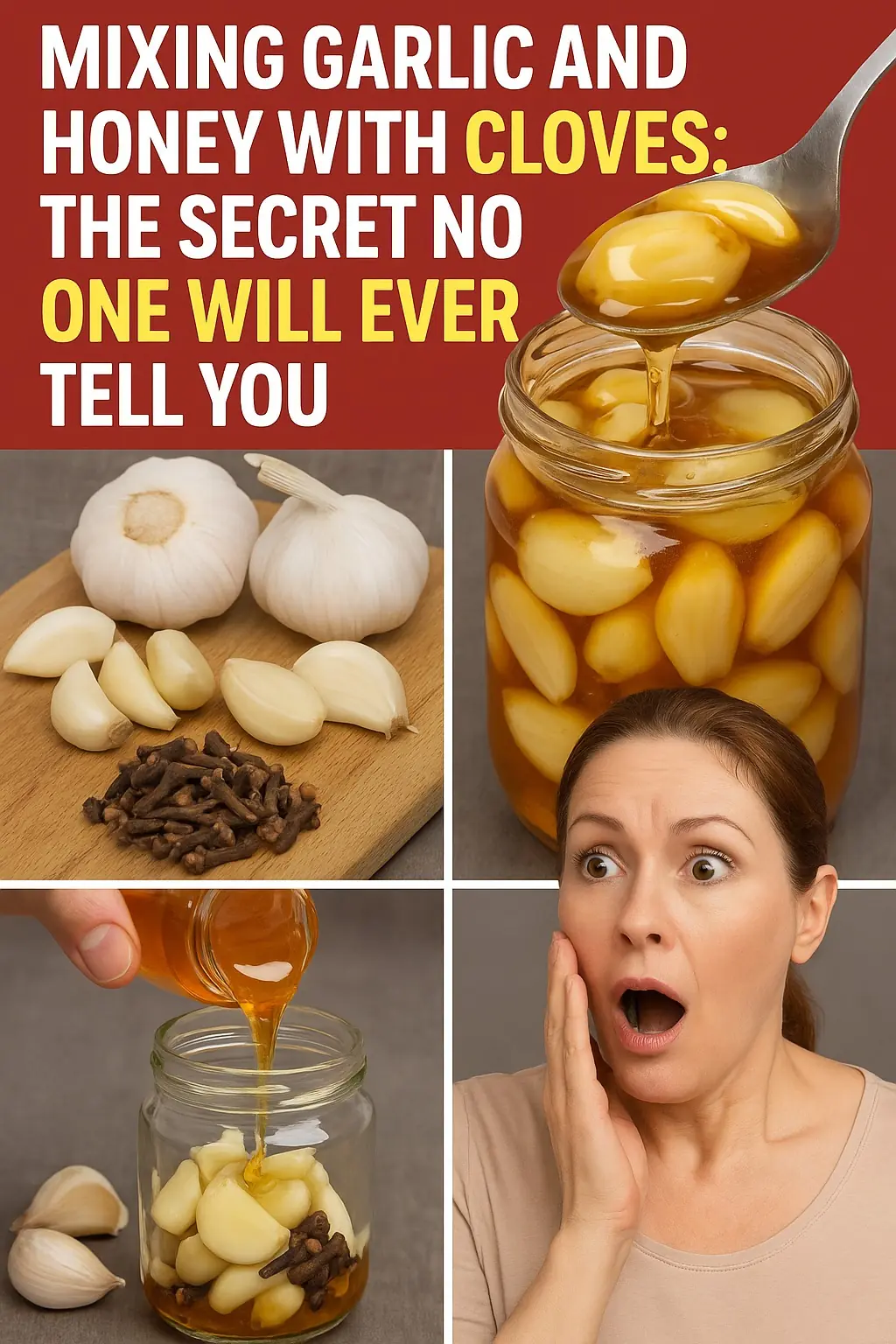
Mixing Garlic and Honey with Cloves: The Secret No One Will Ever Tell You
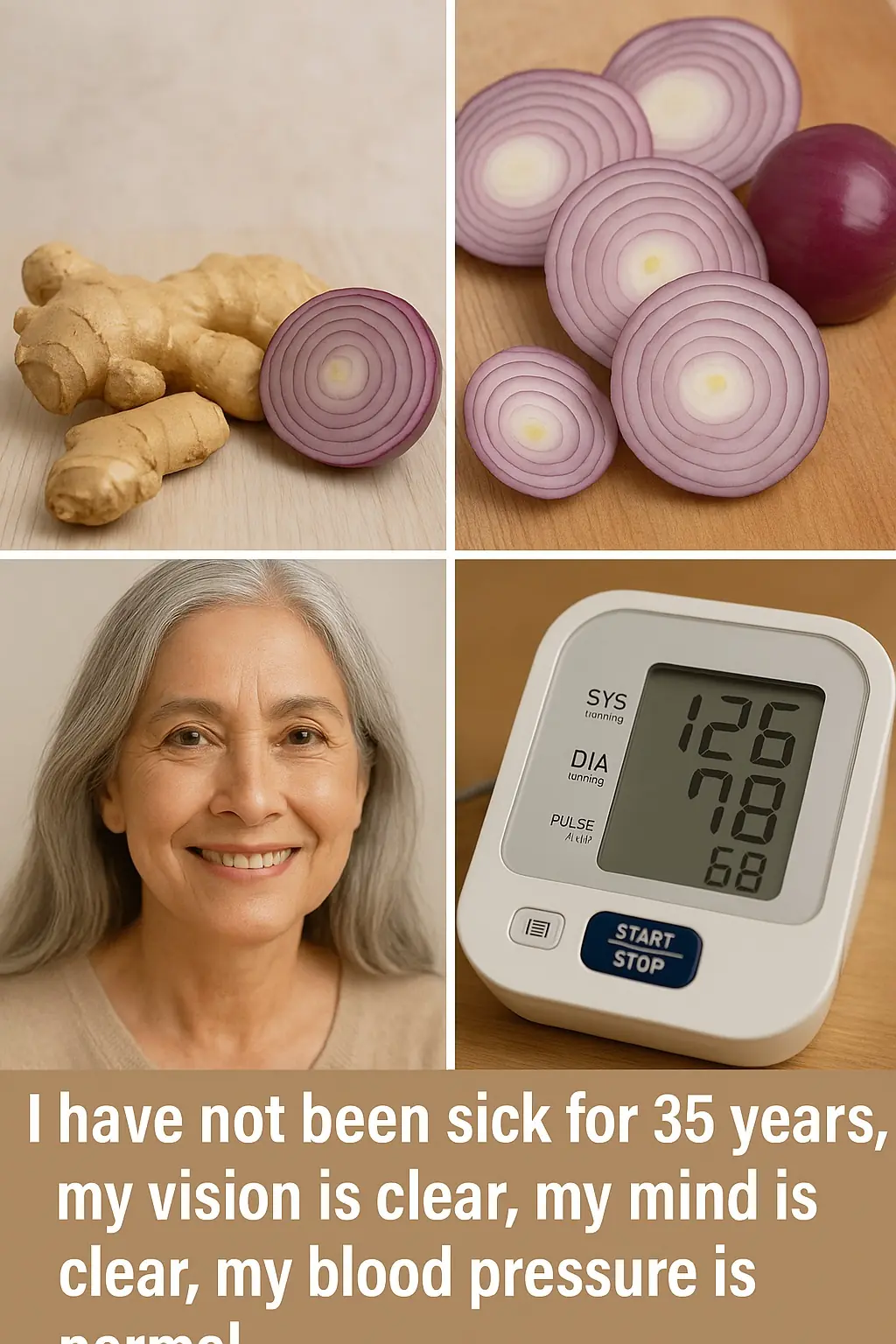
Red Onion and Ginger: A Powerful Natural Combo for Better Health
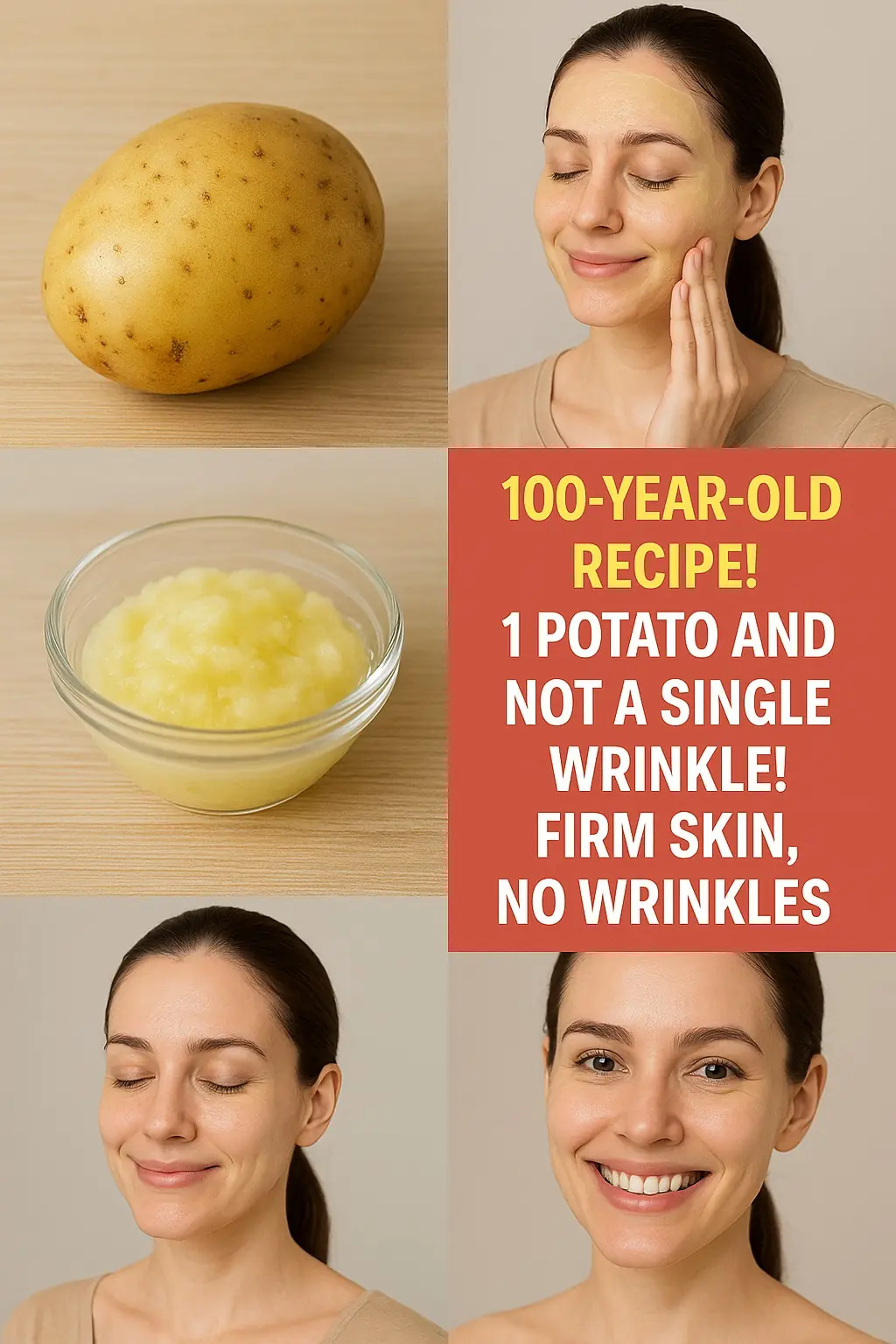
100-Year-Old Beauty Recipe: 1 Potato for Firm, Wrinkle-Free Skin!
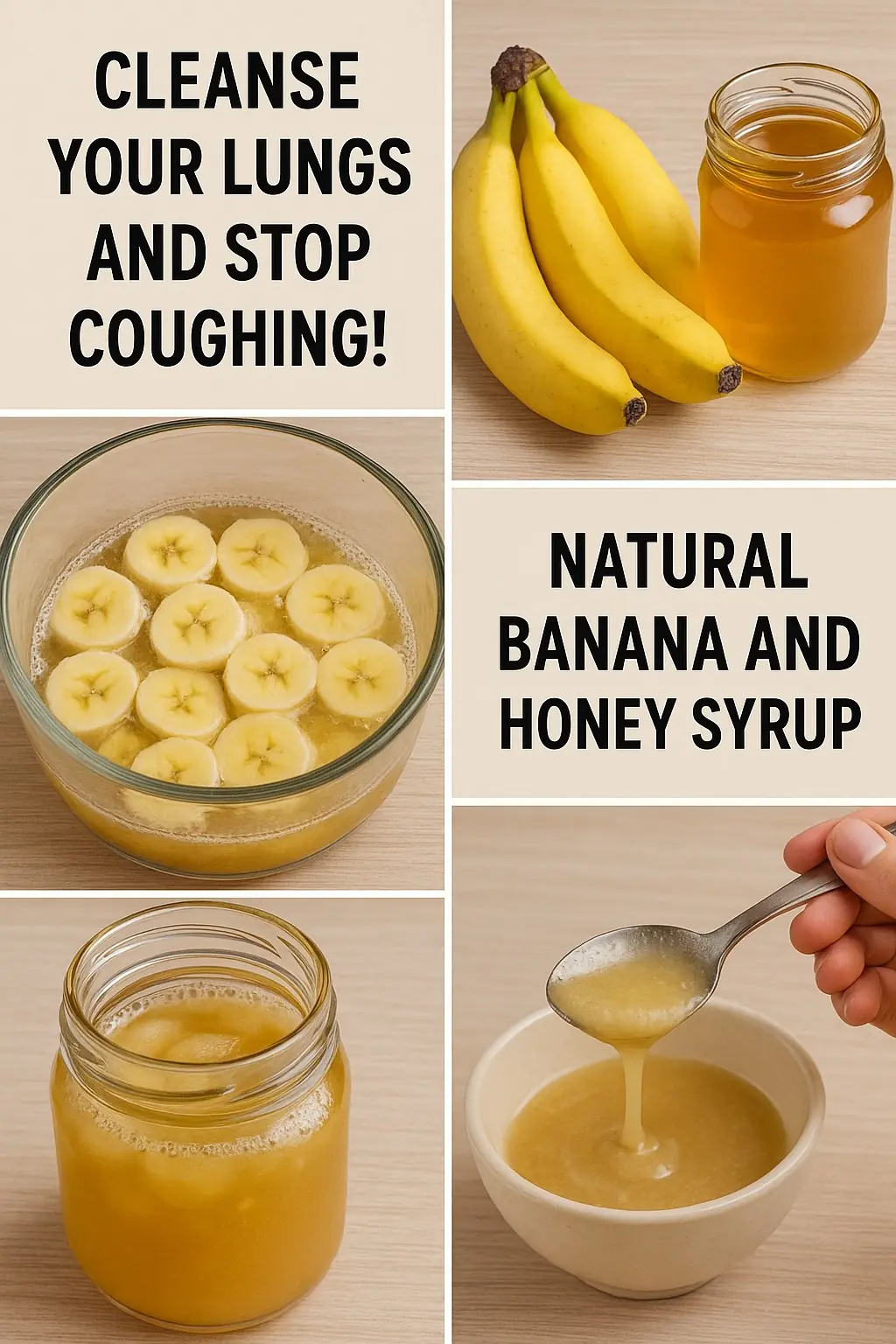
Soothe Your Cough and Cleanse Your Lungs with Banana and Honey Syrup

Vaseline + White Vinegar = Magic! Amazing Hacks You Never Knew
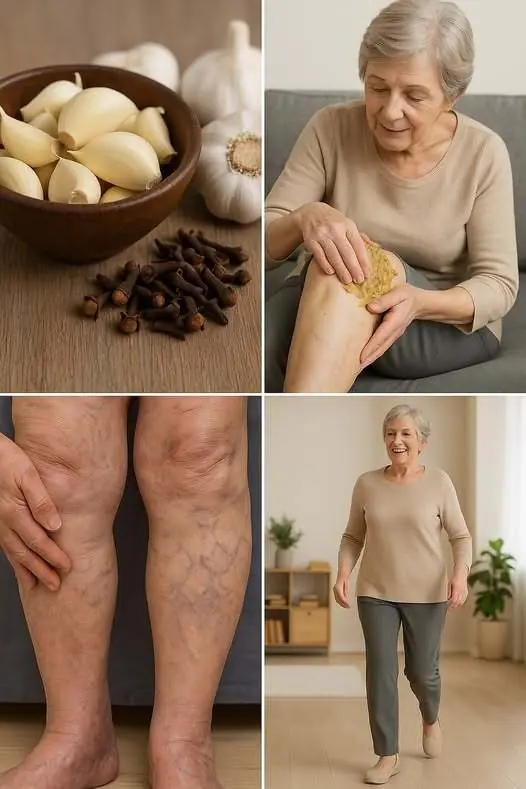
Natural Remedy for Leg Pain, Rheumatism, Varicose Veins, and Arthritis

Keep Your Liver & Intestines Young and Healthy with this Daily Habit
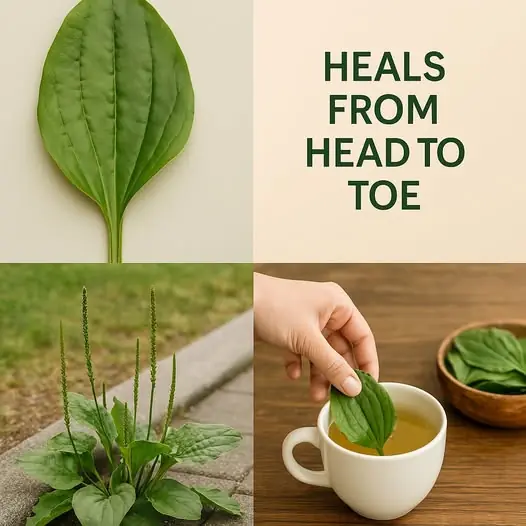
Discover the Healing Power of Plantain
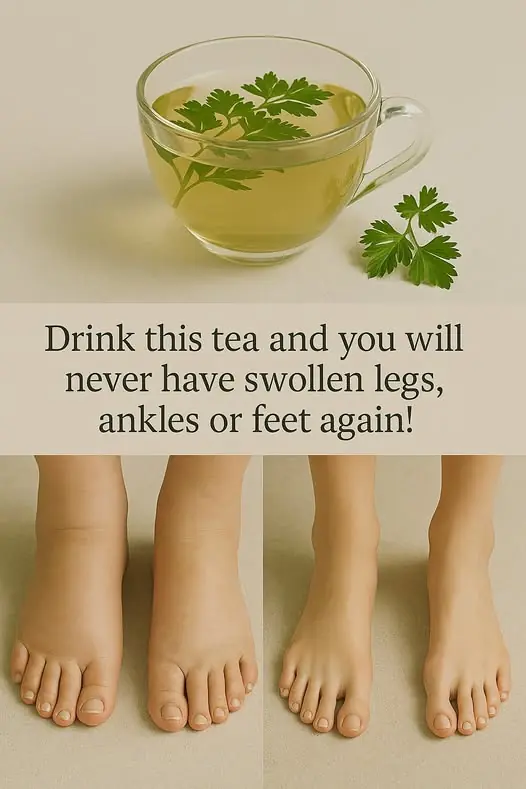
The Power of Parsley Tea: Natural Relief for Swelling in Legs, Ankles, and Feet
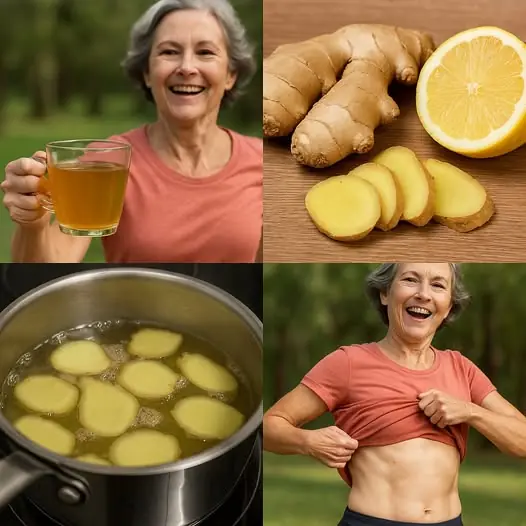
From Struggle to Sprint: How Ginger Transformed Her Health
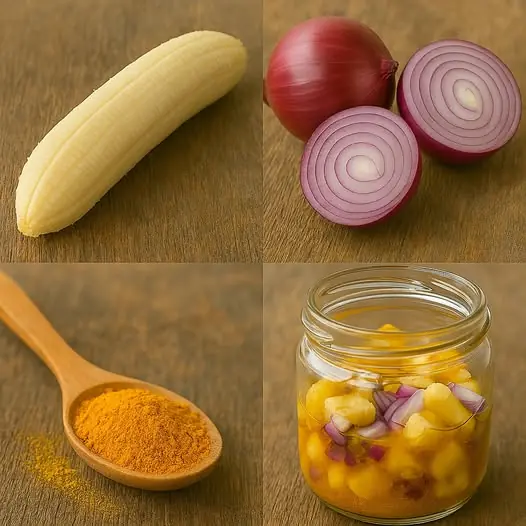
Why Banana, Onion, and Turmeric Are the Trio Your Body Didn’t Know It Needed

Transform Your Skin with this Banana & Carrot Beauty Secret!

Unleashing Radiance and Youthfulness: The Amazing Combination of Lemon and Egg

Energize Your Health with a Surprising Superfood Mix! 🍌🧄🌴

Natural Teeth Whitening at Home: A Better Alternative
News Post

A Natural Boost for Your Coffee

Pumpkin Seeds: A Natural Remedy for Bladder and Prostate Health

Cleanse Your Kidneys, Liver & Lungs – A Natural Bacteria Killer!

Reclaim Crystal-Clear Vision with This Delicious Drink!

Mixing Garlic and Honey with Cloves: The Secret No One Will Ever Tell You

Red Onion and Ginger: A Powerful Natural Combo for Better Health

100-Year-Old Beauty Recipe: 1 Potato for Firm, Wrinkle-Free Skin!

Soothe Your Cough and Cleanse Your Lungs with Banana and Honey Syrup

Vaseline + White Vinegar = Magic! Amazing Hacks You Never Knew

Natural Remedy for Leg Pain, Rheumatism, Varicose Veins, and Arthritis

Keep Your Liver & Intestines Young and Healthy with this Daily Habit

Discover the Healing Power of Plantain

The Power of Parsley Tea: Natural Relief for Swelling in Legs, Ankles, and Feet

From Struggle to Sprint: How Ginger Transformed Her Health

Why Banana, Onion, and Turmeric Are the Trio Your Body Didn’t Know It Needed

Transform Your Skin with this Banana & Carrot Beauty Secret!

Unleashing Radiance and Youthfulness: The Amazing Combination of Lemon and Egg

Energize Your Health with a Surprising Superfood Mix! 🍌🧄🌴
